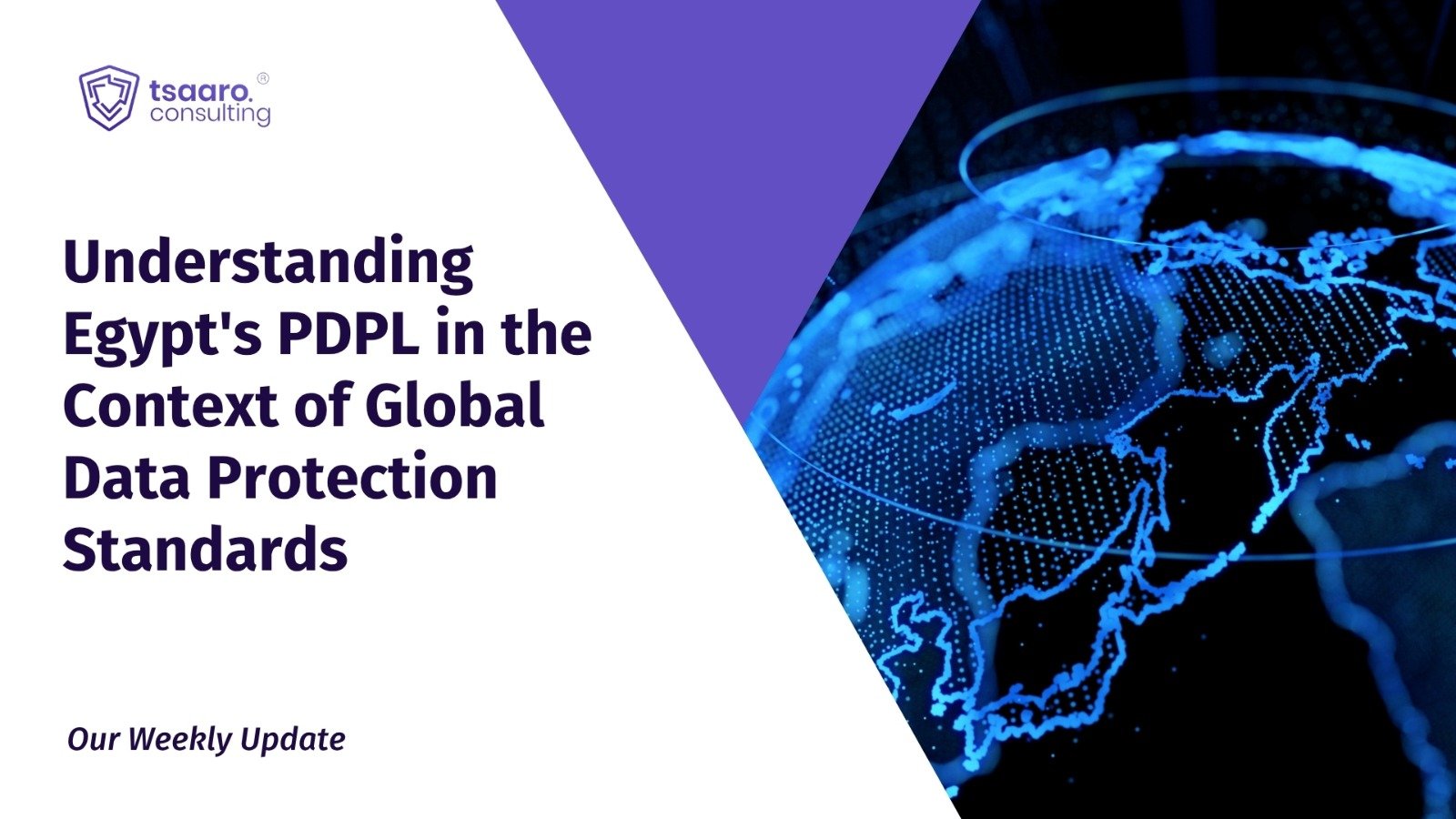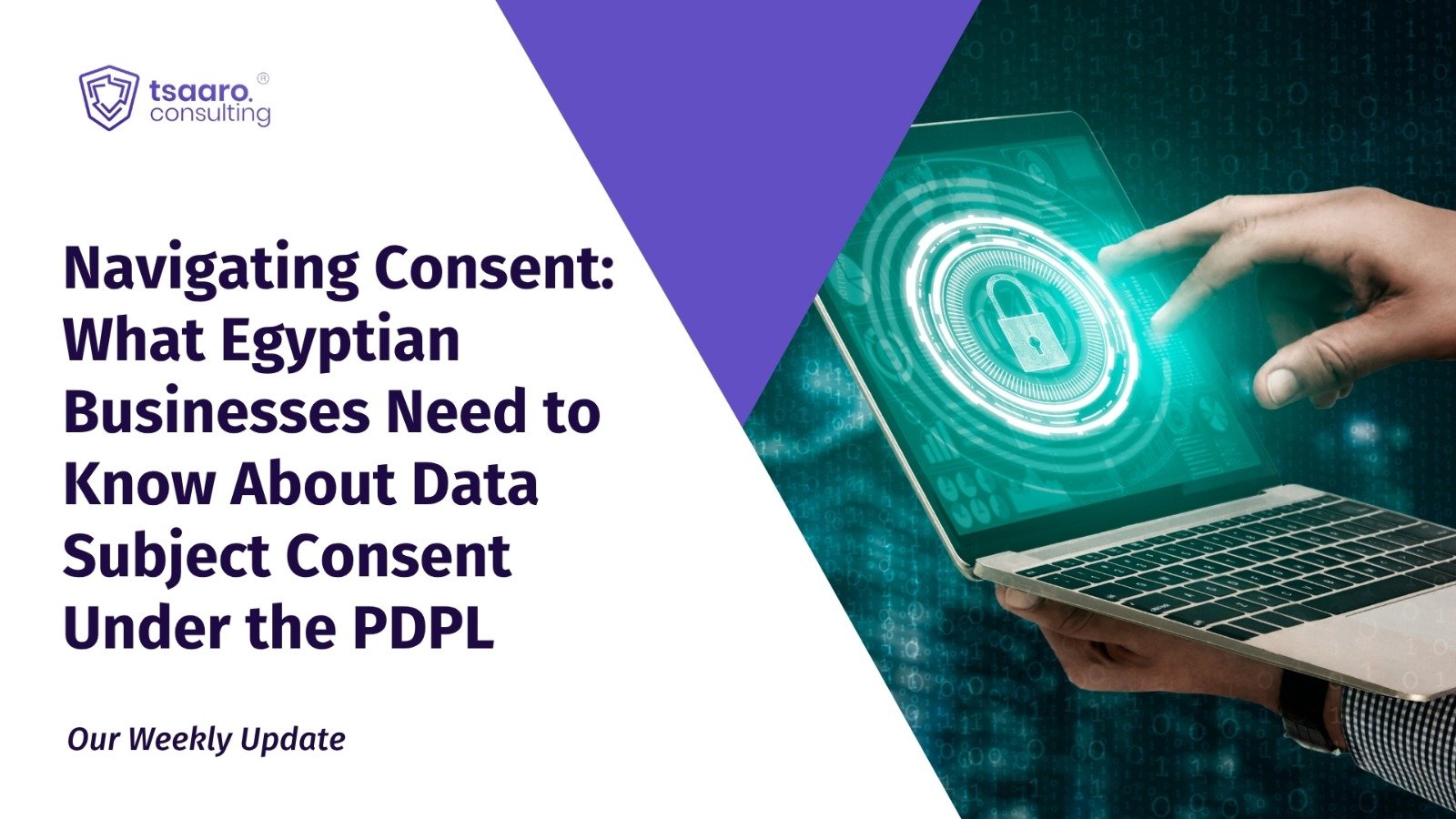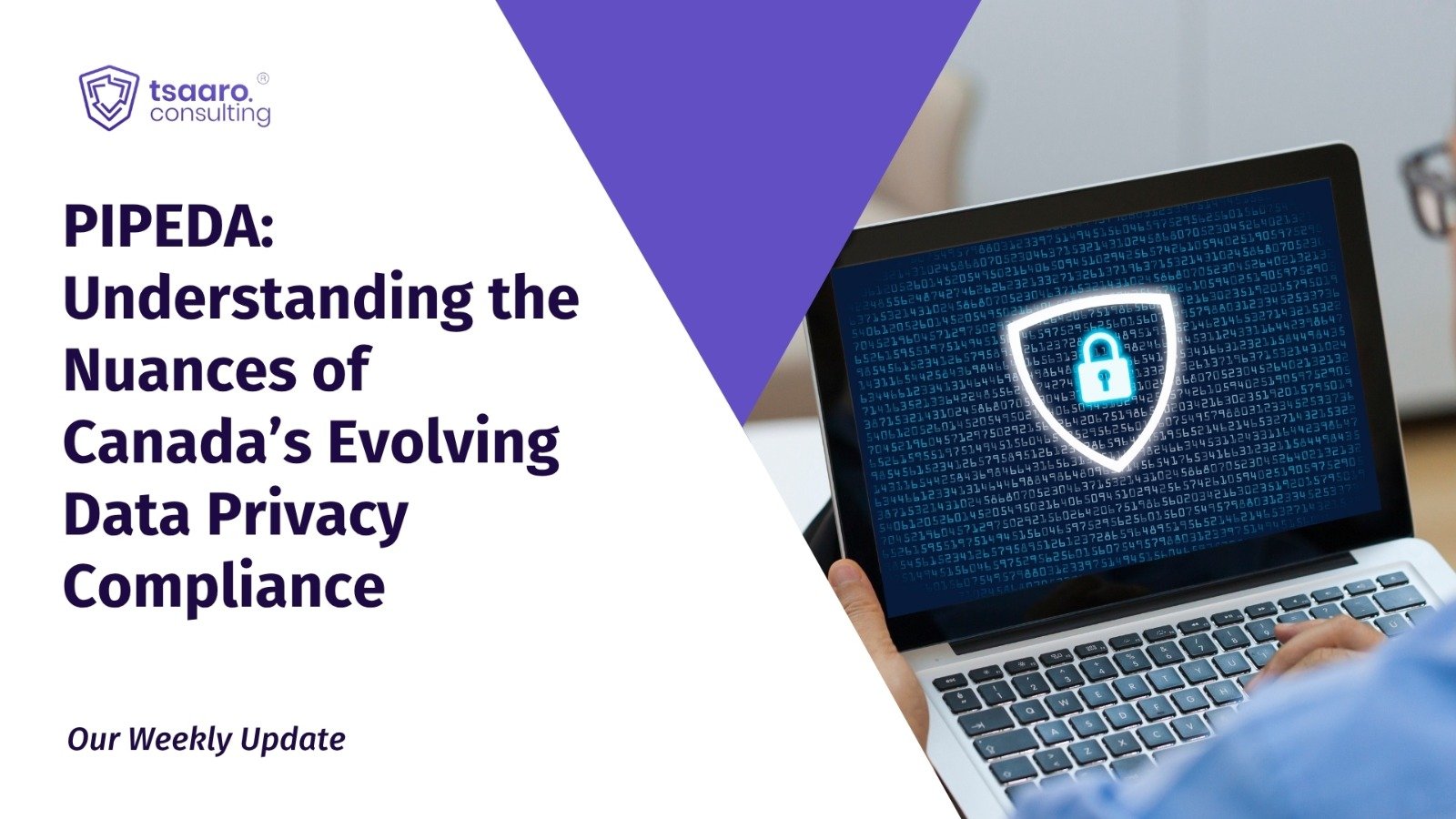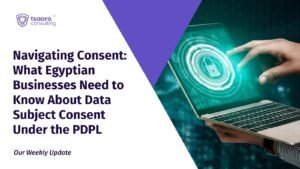INTRODUCTION:
Data governance is an instrument for determining who within an organization is responsible for overseeing data assets and establishing a mechanism for their lawful utilization. In the complicated world of finance, having a well-defined and systematic rule of data handling is vital. It is crucial for efficient regulatory compliance and managing risks effectively within set timelines. It plays a pivotal role in maintaining the accuracy, consistency, and reliability of financial data, placing special emphasis on ensuring data integrity in risk management and timely reporting.
A data governance strategy encompasses a blend of policies, infrastructure, organizational vision, and proactive measures aimed at preserving and leveraging the data amassed by a company for its benefit. Increasingly, data governance strategies are emerging as integral elements of an organization’s broader business strategy, offering immediate and long-term value addition.
In this blog, we will explore the concept of data governance strategy and its benefits for organizations in effectively managing data while ensuring compliance with various regulatory frameworks.
CORE COMPONENTS OF DATA GOVERNANCE:
Data governance serves as the comprehensive structure that establishes and upholds the guidelines, protocols, and obligations for overseeing an organization’s data. Its objective is to uphold data precision, uniformity, integrity, and protection throughout all data-centric operations. The core components of data governance encompass the following fundamental pillars upon which the strategy is built.
- Data policies and standards:
The inception of data governance involves the creation of precise and thorough data policies and standards. These documents delineate the management protocols for data, encompassing quality benchmarks, classification criteria, security measures, and compliance directives. Serving as the bedrock, these policies and standards ensure uniformity in data management practices across the organization.
- Data Stewardship:
Data stewardship entails the allocation of data ownership and accountability duties. Assigned to particular datasets or data domains, data stewards guarantee adherence to established policies and standards in data management. Their pivotal role within data governance involves fostering communication and collaboration between business units and IT.
- Data quality management:
Maintaining data quality is critical to data governance. This component focuses on processes and practices to ensure data accuracy, consistency, completeness, and timeliness. Data quality metrics and Key Performance Indicator are often defined to measure and monitor data quality levels.
- Data security and compliance:
Ensuring the security of sensitive and confidential data is of utmost importance. Data governance encompasses protective measures aimed at preventing unauthorized access, breaches, and leaks. Data Compliance ensures adherence to relevant laws, regulations, and industry standards concerning data handling and protection. It helps organisations avoid legal liabilities and maintain a trustworthy reputation.
Therefore, having a data governance framework helps organizations identify and assess risks, ensuring that their operations and practices comply with legal requirements. Data governance is just not a regulatory necessity but beyond that, it serves as a strategic enabler. Organizations that consider Data governance as an integral part of their strategic initiatives can leverage it to gain a competitive advantage over its rivals, anticipate market trends, and proactively address risks and opportunities.
DEVELOPING A DATA GOVERNANCE PROGRAM:
A data governance program deals how to implement your data governance strategy. It provides guidelines to translate the policies, procedures, structures, roles, and responsibilities outlined in the data governance strategy into tangible actions. Therefore, developing a data governance program is essential. This process involves several steps, including:
- Define your data strategy and governance objectives:
The first step involves defining the business strategy and objectives. For an efficient data governance mechanism, the business entity should be clear about its long-term goals. A data strategy delineates, prioritizes, and harmonizes business objectives throughout your organization and its diverse lines of business. It encompasses identifying data requirements, metrics, stakeholders, and necessary data management processes and technologies across multiple business goals. Regularly revising and updating your data strategy is crucial to align with evolving business needs and priorities.
- Data Quality Standards:
This critical aspect of data governance focuses on ensuring the accuracy, consistency, and reliability of data. It includes getting all business stakeholders involved to establish quality rules, implementing programs to track and resolve data quality issues, and monitoring data quality continuously.
- Regulatory Compliance:
This encompasses regulatory compliance, protection against data breaches, and managing data usage permissions. It involves adhering to regulations like DPDPA, GDPR, CCPA, HIPAA, and securing Personally Identifiable Information (PII) while establishing suitable data access and usage guidelines.
- Establish roles and responsibilities:
To develop an efficient data governance program, it is important to define the roles and responsibilities of those involved in this process. This includes assigning roles and responsibilities from data collection to its ultimate purpose, for which the data has been collected. Having a clear understanding of the roles and responsibilities of data governance participants can ensure that they have the necessary skills and knowledge to perform their duties.
Through the implementation of a data governance program as suggested above aimed at achieving essential business objectives, one can guarantee the program’s success and derive tangible business value from your organization’s data assets. This involves efficiently managing your data, enhancing data quality, and preserving data integrity throughout its lifecycle.
BENEFITS OF A DATA GOVERNANCE STRATEGY:
The data governance strategy has several benefits. It serves as a strategic business enabler, offering numerous benefits such as enhanced visibility, better risk management, increased compliance, and improved stakeholder trust. By integrating this into organizational processes and ensuring alignment with strategic objectives, organizations can navigate uncertainties, seize opportunities, and foster a culture of integrity and accountability, ultimately achieving sustainable success in today’s dynamic business environment. Some of the benefits of a data governance strategy are:
- Enhanced data quality:
Enhancing data quality stands out as a key advantage of implementing robust data governance practices. A well-established data governance framework ensures that data collected, stored, and utilized across an organization maintains high standards of accuracy, consistency, and reliability. By establishing clear guidelines, procedures, and checks, data governance minimizes errors and discrepancies in the data, thereby reducing instances of miscommunication or misinterpretation. This instils confidence in the data and the insights it offers.
Furthermore, enhanced data quality equips decision-makers across all organizational levels with access to precise and dependable data, facilitating better-informed strategic and operational decisions. When data is reliable and trustworthy, it becomes a valuable strategic asset that can significantly enhance organizational performance. Essentially, data quality serves as the foundation upon which many other benefits of data governance are constructed.
- Increased data security and compliance:
Data governance enhances data security by providing organizations with the means to scrutinize the types of data they collect and process. This scrutiny stimuluses the implementation of measures aimed at safeguarding data from breaches and improving its management. Compliance with regulatory requirements, such as India’s DPDPA, EU’s GDPR, and the California Consumer Privacy Act (CCPA), is facilitated through data governance. It establishes a framework for defining and enforcing policies and procedures necessary for regulatory adherence, thereby reducing the risk of penalties and reputational harm associated with non-compliance.
- Optimized operational efficiency:
Efficient data governance practices can significantly enhance operational efficiency. A fundamental aspect of data governance involves eliminating redundancy and inefficiency. By ensuring that all members of the organization utilize consistent, accurate, and current data, it prevents unnecessary duplication of effort typically seen when various departments or teams maintain separate data sources.
Data governance helps to increase efficiency as it helps to save organisation precious time which might have been lost in fixing errors. Improved decision-making can drive more effective strategies, increased efficiency can lead to cost savings, and strengthened risk management can mitigate expensive regulatory penalties and reputational harm. Consequently, the financial benefits of data governance can be substantial and widespread. It helps to keep pace with the change and to drive new sources of revenue. Therefore, organisation can turn their data into business assets to find new exciting business opportunities.
- Greater trust and confidence in data:
A data governance strategy helps everyone feel more confident about how their data is used. It makes sure that people know what’s happening with their information, which builds trust. If something goes wrong with the data, the people responsible for it have to fix it and make sure it doesn’t happen again. This shows that there are consequences for mistakes, which makes everyone feel more secure about their data.
CONCLUSION:
A well-implemented data governance strategy is not merely a regulatory requirement but a strategic imperative for organizations seeking sustainable success in today’s dynamic business landscape. By establishing clear guidelines, policies, and responsibilities, data governance fosters enhanced data quality, increased security and compliance, optimized operational efficiency, and greater trust in data. These benefits not only contribute to better decision-making and risk management but also lay the groundwork for innovation and growth. Embracing data governance as an integral part of organizational strategy enables businesses to harness the full potential of their data assets, driving competitive advantage and long-term success. As organizations continue to navigate the complexities of data management, the role of data governance will remain paramount in shaping a data-driven future.










